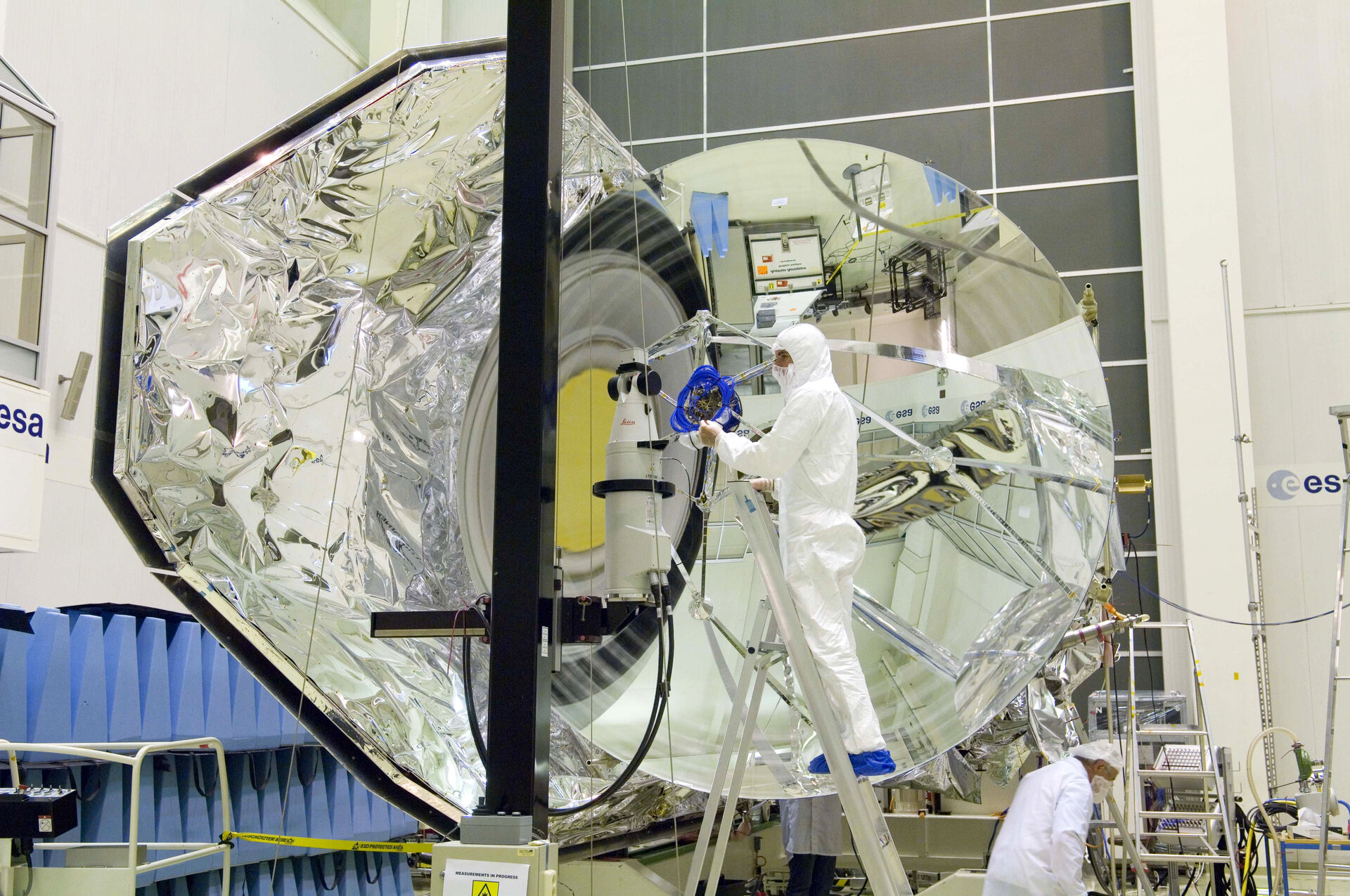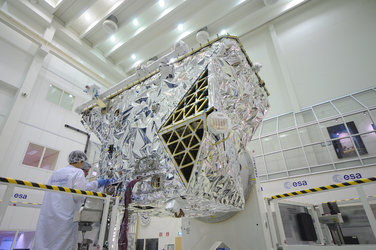Mechanical engineering
Mechanical Engineering takes in all built structures and moving parts flown in space, which includes automation and robotics, instruments for scientific missions as well as assessing the effects of the space environment on materials.
So while Electrical Engineering is centred on the motion of electrons this set of disciplines focuses on the movement of everything else: how satellite structures react to the extreme accelerations, vibrations and temperature shifts experienced during launch and orbit, the performance of moving devices in vacuum conditions, the passage of light through optical systems and the inner workings of engines and other propulsion systems.
It also includes the design and operation of physics and biology experiments destined for the International Space Station or other microgravity platforms, and the life support systems needed to keep people alive and comfortable in orbit.
There is no easy way to repair space hardware once it breaks down, so it has to be designed to perform in a strudy and reliable manner. Satellite structures must remain stable in order to avoid distorting payload performance while moving mechanisms have to go on operating without failure for many years. If rocket engines or thrusters do not fire as planned the results could be catastrophic.
The 180 people in the Mechanical Engineering group at ESTEC face the challenge of designing, analysing and manufacturing the broad range of space mechanical systems, advising ESA projects and implementing R&D studies to develop technologies for future missions.







